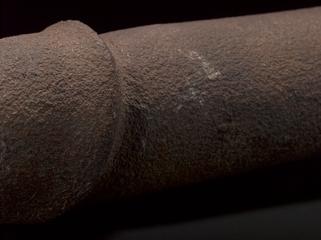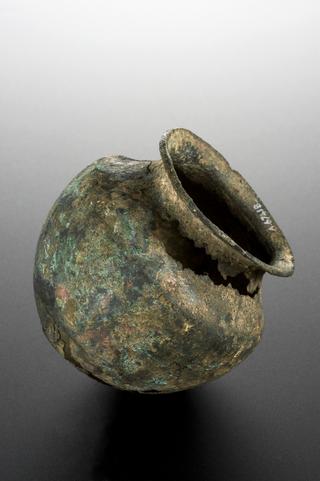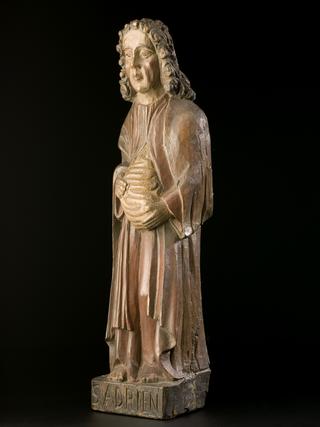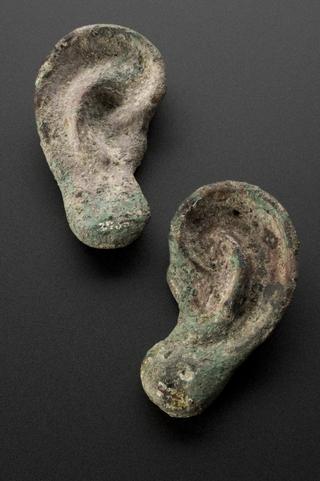
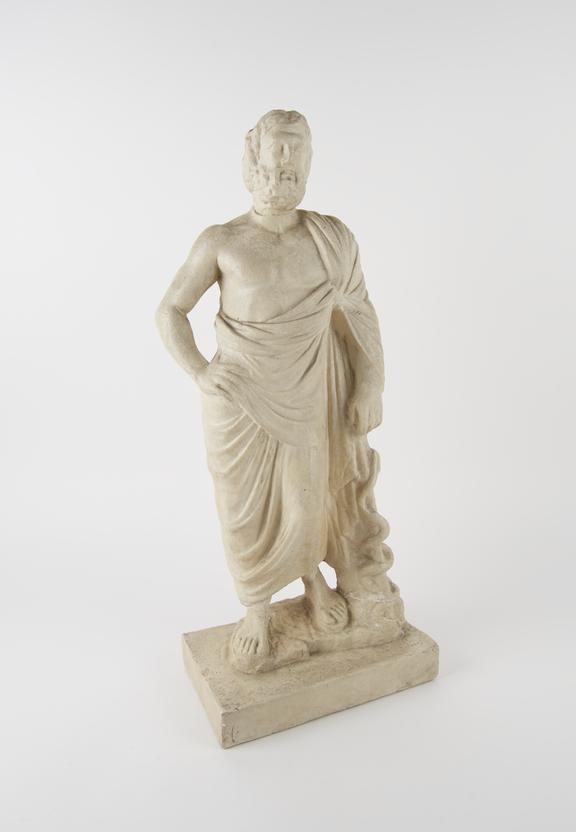
Plaster replica of a Greek statue of Asklepios (Asclepius; Latin: Aesculapius), god of medicine, original found Epidaurus, Greece, probably dating from 5th century BC, cast 1860-1920
Several sources claim that Asclepius was first a physician hero, who was later recognised as the Greek god of healing and medicine with a cult that spread in the 5th century BCE. Various sanctuaries in his name were built throughout Greece as areas of worship and refuges for the ill. These were hospital-like places where priests guided patients through rituals of purification and medical curative practices, regularly involving snakes as part of the healing process.
Unlike this version that represent him as a young man, Asclepius is usually depicted as an old, bearded man, leaning on a heavy staff with a single snake coiled around it, known as the ‘Rod of Asclepius’. The staff of Asclepius (not to be mistaken for a caduceus) was soon associated with healing, becoming, throughout the ages, an established emblem of medicine and curative methods.
Details
- Category:
- Classical & Medieval Medicine
- Collection:
- Sir Henry Wellcome's Museum Collection
- Object Number:
- A654552
- Materials:
- plaster
- type:
- statue
- credit:
- Gillieran, M.
